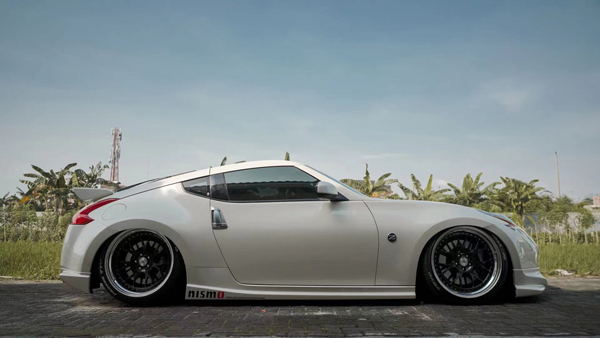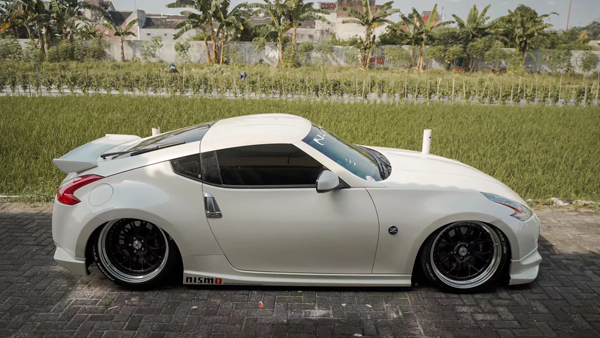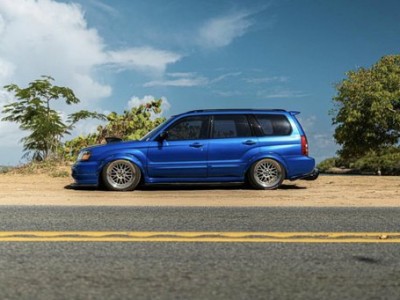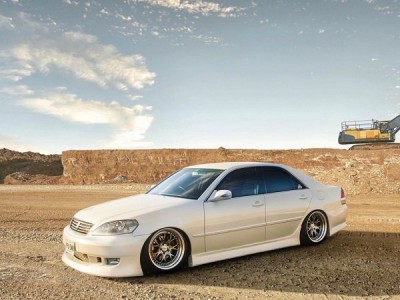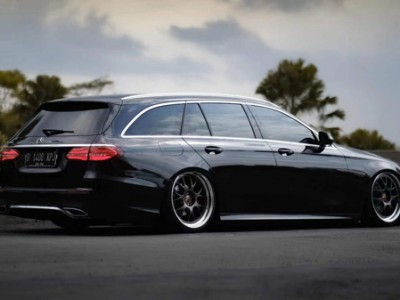Air suspension attitude of Nissan Fairlady, Indonesia
This is a Nissan Fairlady sports car from Indonesia. It is equipped with the airbft air suspension kit, which lowers the body and sticks to the ground. It looks terrible.
Although Nissan's Z series are all known by the names of 350Z and 370Z, I believe many people also know that Z series cars have a charming name – Fairlady Z is widely loved by car fans in Japan, and my fair lady is very suitable to describe the Z car that came out in the early generation. Fairlady Z is the name used in the Japanese market. Overseas markets, such as North America, are named by adding Z directly after three digits.
The story of Fairlady Z begins at the beginning of last century. The predecessor of Nissan is actually called "Datsun". As early as 1912, Japanese businessmen kenuma Tanaka, Lushan Aoyama and mingtaro Takeuchi jointly founded the first Japanese enterprise to produce light cars. The company's name comes from the first letter of three people's surnames and is suffixed with "sun". At that time, Japan called itself "the rising sun empire", so it named the company "Datsun", which also means "as fast as a rabbit" in Japanese. After the merger of Nissan and Prince, the future GT-R is built on the basis of Prince's original skyline, while Fairlady Z is derived from the chemical changes after Prince's addition. In 1933, the registered permanent residence foundry company, which owns the automobile brand dutson, and the Japanese Industrial Company jointly funded the establishment of the automobile company, which was officially renamed as Nissan automobile company the next year. Under the stimulation and blessing of skyline, Nissan launched Fairlady Z. although Japan launched the model as Nissan Z, the European and American markets were named after Datsun Z.
The launch of Fairlady Z is due to Nissan's desire to launch an approachable, affordable but superior performance sports car, which can effectively reduce costs by sharing parts with other members of the family. In the 1950s, Japan's automobile industry had just formed a complete system. Datsun began to make a strategic plan for global development: to export automobiles to developed countries. The United States is the most important and competitive place in the global automobile industry. After the establishment of Datsun American company, Datsun began to steadily implement the plan to enter the United States. According to the characteristics of broad roads and the pursuit of personality in the United States, Mr. Katayama, who was in charge of Nissan's business on the west coast of the United States at that time, had a premonition that sports cars would be popular in the United States.
In October 1969, at the Tokyo Motor Show in Japan, Datsun launched the 240z code named S30, which was a great success. This product with advanced design concept opened a new page in the history of sports cars. The first "Z" series sports car with the weight of 1060kg was named "Fairlady", which once became the laughingstock of people in the industry. It seemed inappropriate to take it as the name of a sports car. There are two versions of this 240z. Nikkei is still launched under the name of Fairlady Z, while the American market is launched under the name of Datsun 240z. After the launch of "Z" series sports cars, although the North American sports car market was still dominated by European brands and American independent brands at that time, and there was no lack of middle price European competitors in the market, Pian Shanfeng, with unique insight, insisted that the American market needed a "high-performance sports car that people could afford", and he wanted to let "Z" series enter North America. With the support and lobbying of his efforts, the first sports car of "Z" series finally entered the American market in the spring of 1969. As a result, Datsun became the first Japanese car brand to enter the American market, and won great praise for its outstanding dynamic appearance. Between 1971 and 1973, there were at least 40000 cars a year. In 1974, Nissan launched the 260z with the exhaust capacity increased to 2.6 liters, and the next year it launched the 280z with the power heart of 2.8 liters.


